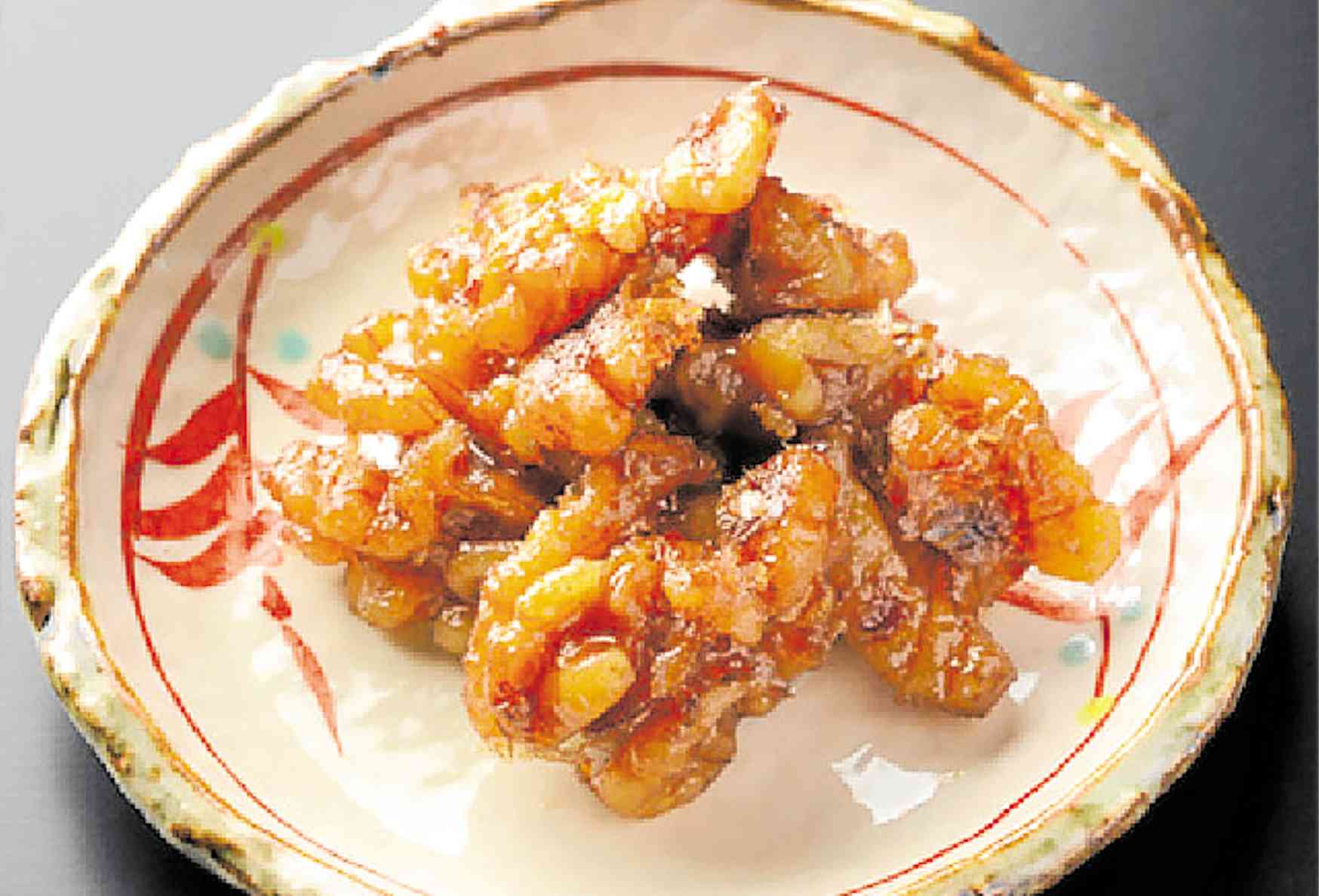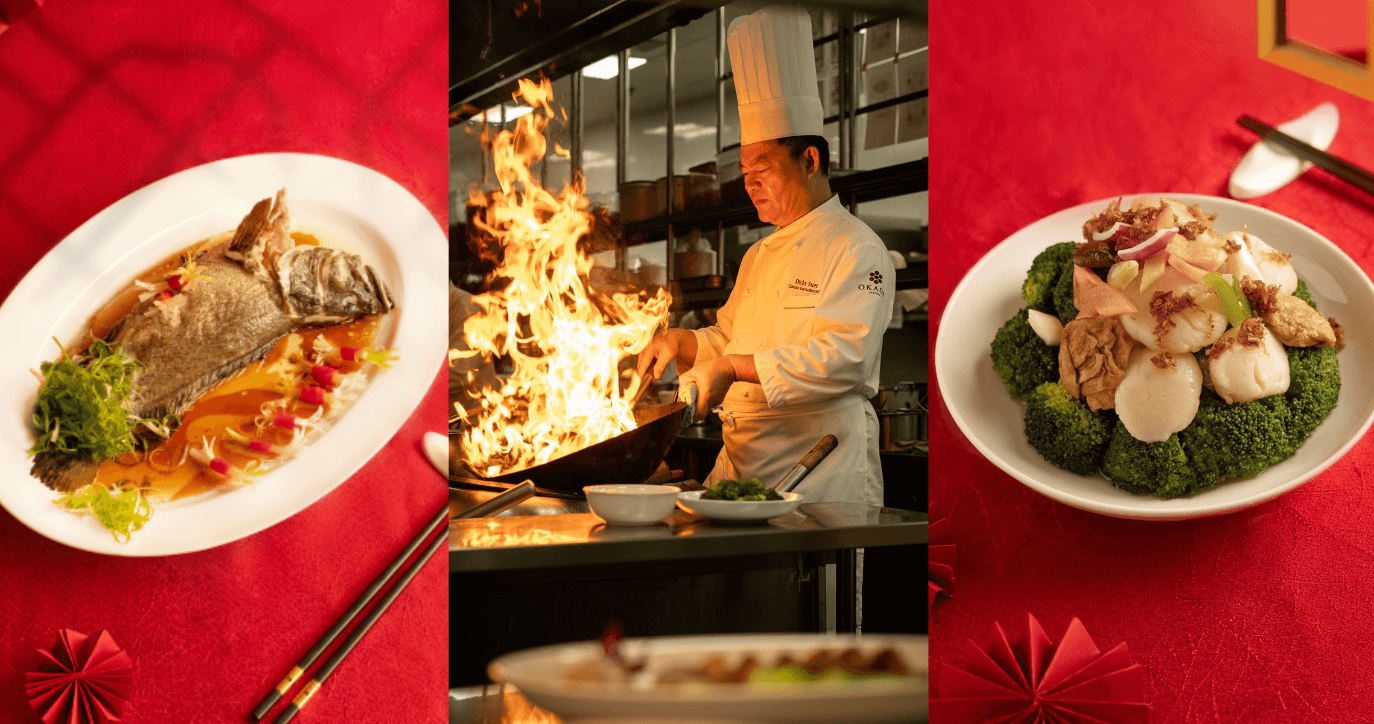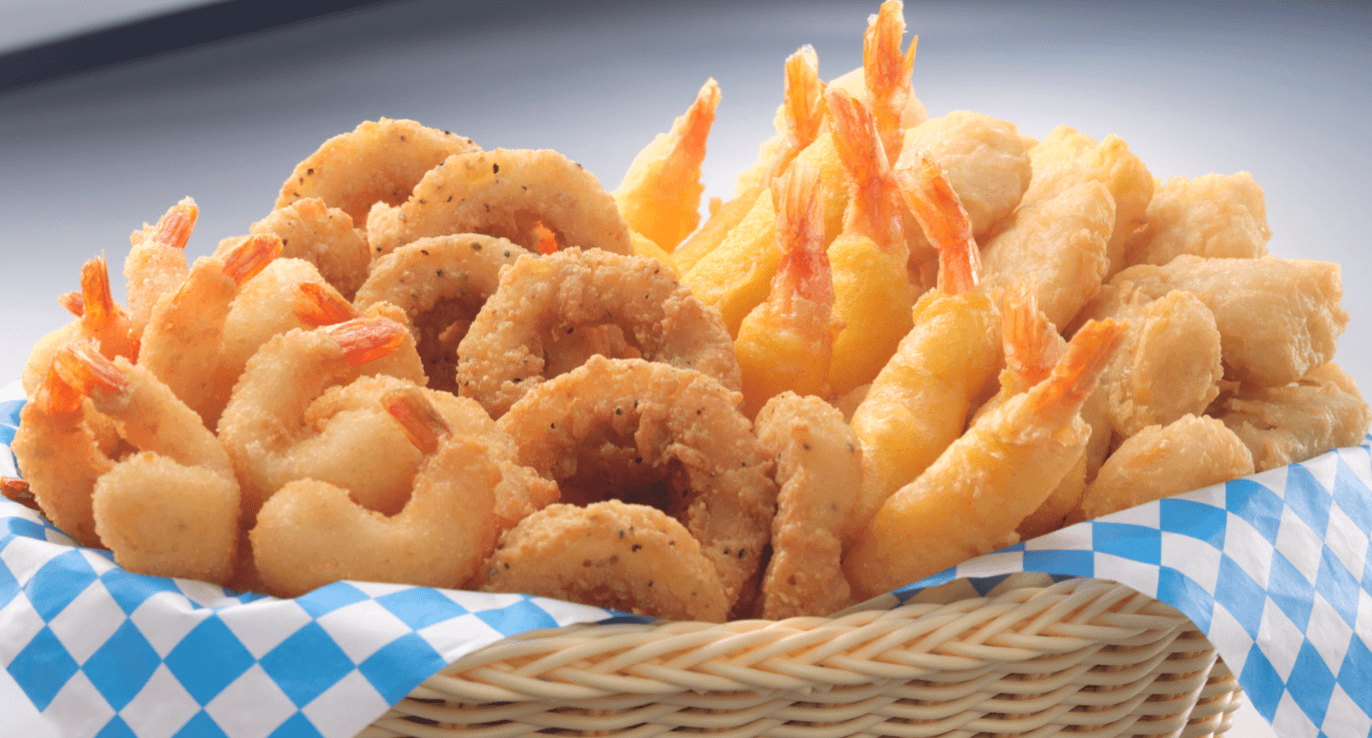
I’m in Osaka for Kitchens of the World and sharing recipes from a cooking class with chefs Eiji-san, Nori-san and Ryo-san.
My companions in this culinary adventure learned to prepare easy-to-do, everyday Japanese dishes. Learning to make a dish from the countries we visit makes the most lasting souvenirs.
Chicken Karaage
1 kg chicken thighs, boneless
1,000 ml sake
250 ml soy sauce
50 g ginger grated
50 g garlic grated
Marinate chicken thighs for up to 24 hours. Cut into bite-sized pieces.
Dredge chicken pieces in either karaage flour, all-purpose flour or cornstarch. Deep fry.
Serve with sansho pepper and salt, with lemon or tartar sauce.
Healthy, easy to do
Kansai food expert Kuni Okamoto says that every home in the region has its own version of kakuni, a Japanese braised pork dish. (Kaku means square and ni is stew.)
Some may have more sugar, others less soy sauce, and there are those with boiled eggs.
It’s not uncommon for a recipe to be passed on from one generation to the next.
Kakuni is like Japanese adobo, says Okamoto. Here’s Eiji-san’s rendition.
Stewed Diced Pork
1 kg pork
540 g water
360 g sake
200 g soy sauce
150 g mirin
120 g caster sugar
50 g ginger
100 g green part of white leek
Cornstarch slurry (1 tbsp cornstarch + 2 tbsp water)
Cut the pork belly into 5 cm squares. Sear the meat in a pan, without oil, until brown.
Combine kakuni sauce ingredients (water, sake, soy sauce, mirin, sugar) and bring to a boil.
Add pork, ginger, green onion and seasoning and slow cook until meat is tender. If the meat is not yet tender and there is little sauce left, add more water, to the level of the meat and continue to simmer until the pork is tender.
Leave kakuni overnight in the fridge to develop flavor.
Remove meat and thicken sauce with cornstarch slurry just before serving. Put back pork once sauce has thickened.
Kakuni is best paired with Japanese rice, mustard and sake. You may also serve it with boiled spinach.
These are miso soup recipes that are healthy and nutritious, and easy to do.
Miso Soup Stock (Konbu Dashi)
1,000 ml water
30 g bonito flakes
10 g konbu (kelp)
Heat water with kelp and boil for 10 minutes. Remove kelp and add bonito flakes. Leave for 3 minutes and strain.
Dashi stock is done. Use this as soup base for miso soup recipes below.
White Miso Soup
1,000 ml konbu dashi
100 g white miso
5 g bonito flakes
Add the white miso to the broth and whisk until miso is dissolved. Add more bonito if you to want more umami and boil once. Strain.
You may add thinly sliced dashi radish, thinly sliced carrots, thinly sliced leeks and mochi. You may finish the soup with other ingredients such as shiitake, spinach, taro, yuzu zest.
Red Miso Soup
1,000 g konbu stock
40 g red miso
5 g bonito flake
Follow procedure of white miso soup. Red miso is very good with with hamachi, clams (preferably shijimi or freshwater clams) tofu, green onions.
Serving it with shijimi clams is good for a hangover.
This is a delicious, addicting walnut recipe that’s also easy to do.

Walnut Tsukudani
250 g walnuts
300 g water
100 g sugar
30 g mirin
20 g regular soy sauce
20 g bonito flakes or hanakatsuo which is thinner than the regular bonito flakes
Put all ingredients except dried bonito in a pan. Simmer until the liquid is reduced to about 1/4 in volume.
Stir walnuts with spatula, then add the bonito and mix it well and turn off heat.
The walnuts are ready to serve.
Follow @iamreggieaspiras on Instagram, Facebook and YouTube; visit reggieaspiras.com for my class schedule and recipes













































